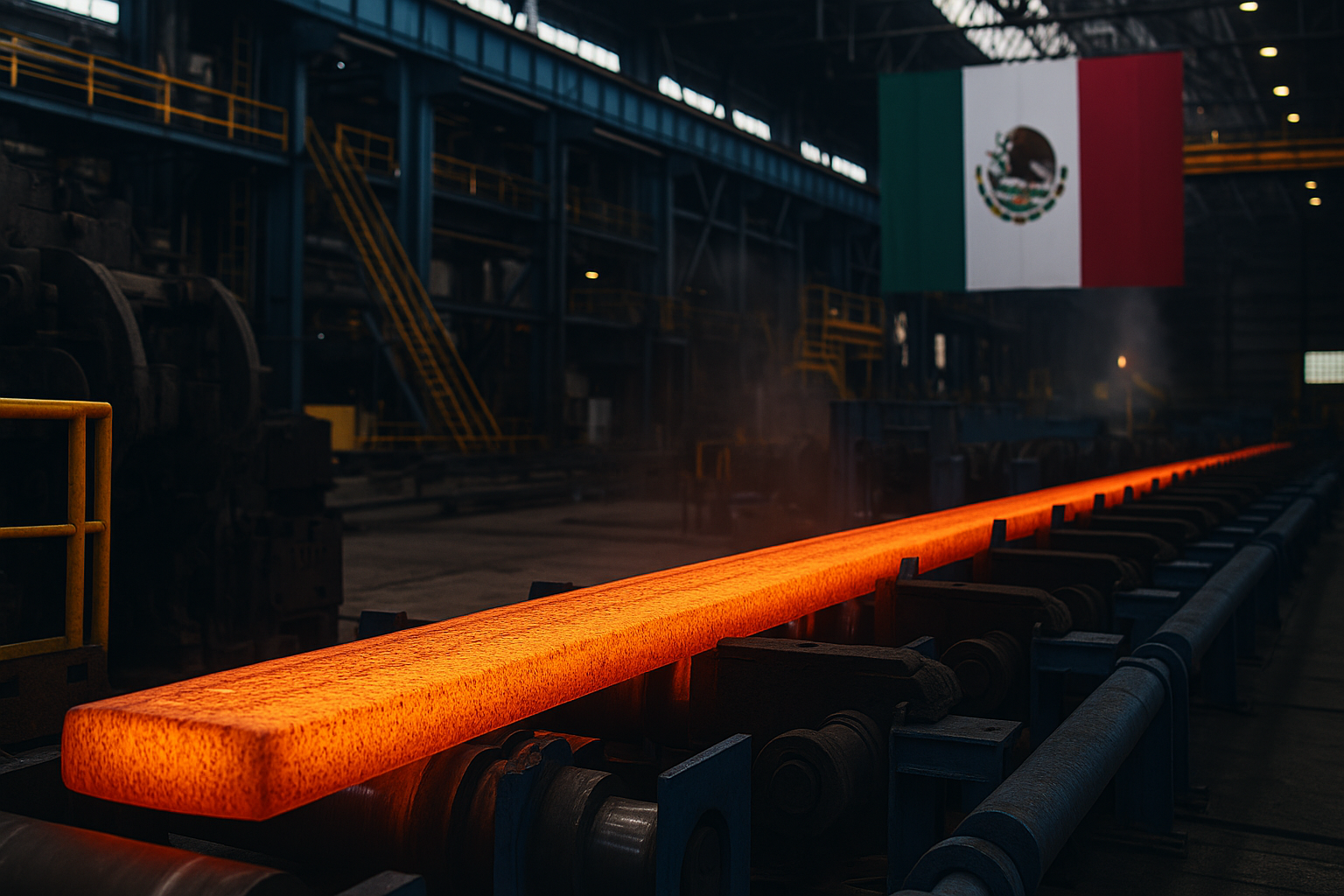According to CANACERO’s data, this export surge not only narrows Mexico’s domestic market share but also violates previously agreed trade balance commitments between the two countries. Between 2015 and 2023, the finished steel trade between the U.S. and Mexico resulted in an average annual surplus of 1.2 million tons in favor of the U.S. However, in 2024, this surplus is expected to double, reaching a historic level. As of November 2024, figures show that U.S. steel exports to Mexico increased by 21% compared to the 2015–2017 average. During the same period, Mexico’s steel exports to the U.S. declined by 2%, causing a trade deficit of approximately 2.4 million tons, exceeding 4 billion dollars.
CANACERO emphasizes that this imbalance is not limited to trade figures but also disrupts structural market balances. As of 2024, steel products originating from the U.S. constitute 15.9% of Mexico’s total steel market, while steel from Mexico accounts for only 2.2% of the U.S. market. This situation indicates a growing divergence from the mutually beneficial trade principles envisaged under the USMCA (United States-Mexico-Canada Agreement).
Additionally, CANACERO highlights that 27% of the steel coming from the U.S. originates from Asia, posing a risk of circumvention, while rejecting claims that Mexico is channeling Chinese steel to the U.S. as baseless.
Recalling that Mexico has implemented measures such as tariffs up to 50%, import controls, and an origin traceability system against unfair trade practices, CANACERO announced that proportional and urgent retaliatory measures should be taken if U.S. export pressure continues.









Comments
No comment yet.